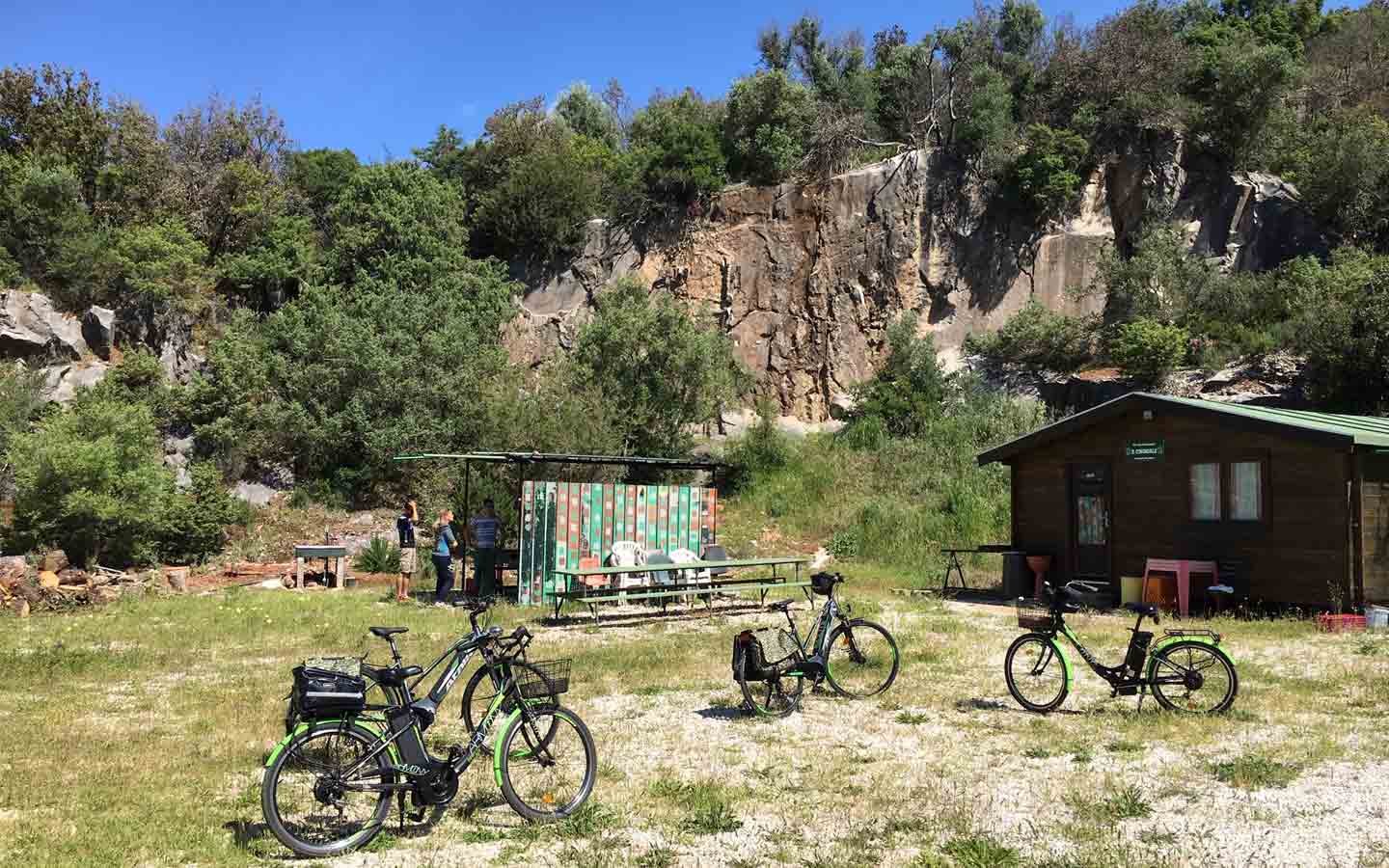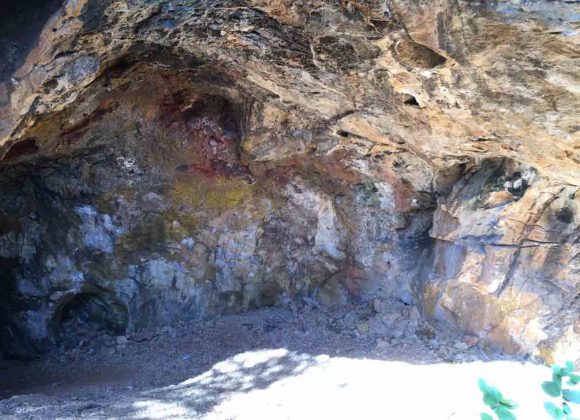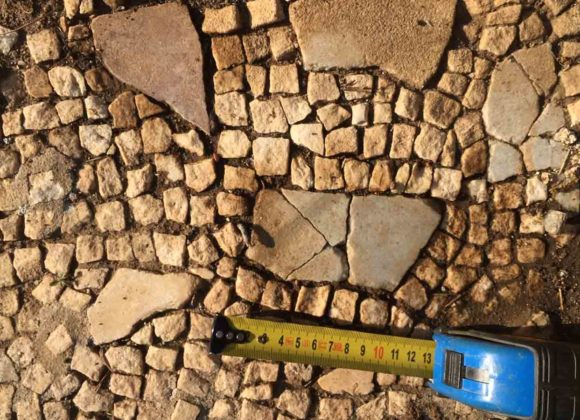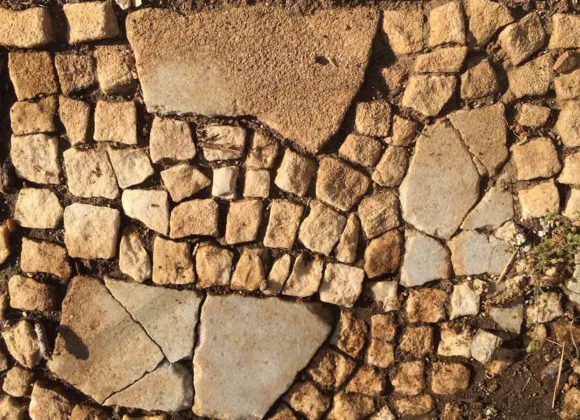The ancient marble caves of Campiglia
The ancient marble caves of Campiglia
“As for Populonia, it is situated on a high promontory that makes an abrupt descent into the sea and forms a peninsula” (Stravo, V.2.6.C.223).
ANCIENT CAVES
The area of the Monti di Campiglia
The area of the Monti di Campiglia, rich in natural resources, is characterized by the presence of deposits of fine marble and ornamental stone, including the quarry of Botro ai Marmi. Historical research and archaeological investigations conducted into the present has shed light on the use of ornamental marbles and stone building materials in the territory of Populonia and the Monti del Campigliese. This work points to the intense exploitation of local quarries from as early as the Etruscan period, with a strong increase in the Roman and Medieval periods.
Parian marble, coarse-grained Grechetto marble, fine-grained statuary marble, and bardiglio marble (including of the blue variety) have all been documented among the local typologies. The white marble of Campiglia, all but unknown today and no longer extracted, was known for its high quality and utilized in both statuary and architecture during antiquity. We know, for example, that the emperor Augustus, in carrying out his first wave of monumentalization in the city of Rome, built up the ports of Luni, Pisa, and Populonia to facilitate transport of materials extracted there, destined to embellish the edifices and piazzas of the Eternal City. According to the historian Suetonius (Lives of the Caesars, XXVIII.3), Augustus also boasted to have found Rome a city of bricks and left it a city of marble. During the Middle Ages, the marbles of Campiglia were utilized locally (such as in the Romanesque church of San Giovanni a Campiglia) as well as further afield, for example in the Church of Santa Maria della Spina in Pisa and the Duomo of Florence, following the requests of Filippo Brunelleschi himself).
DA NON PERDERE
edieval periods are found in the locations of Botro ai Marmi, Campo alle Buche, Monte Rombolo, Monte Spinosa, and Valle dei Manienti.
In particular, the bardiglio marble quarry of Botro ai Marmi is a revealing example of extraction activities. The quarry left behind a well-excavated pit including traces of work still visible as if a bit of theatrical scenography before the seats of a theater.
The bardiglio marble extracted from this quarry was used certainly in the Middle Ages to decorate the Romanesque church of San Giovanni a Campiglia. There are also indications that the gray marble was already being utilized in the Etruscan period to create funerary statues and sarcophagus lids.




